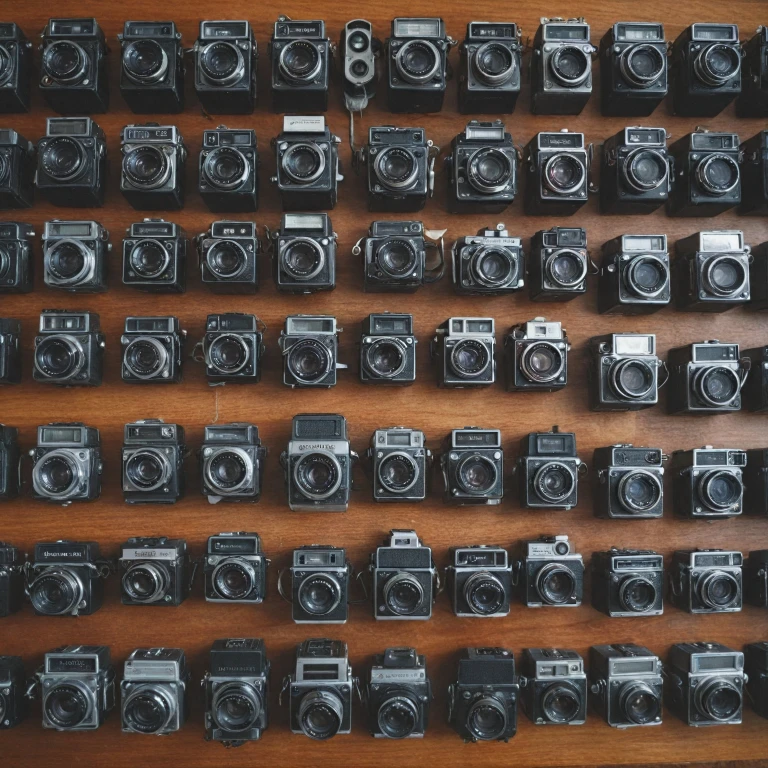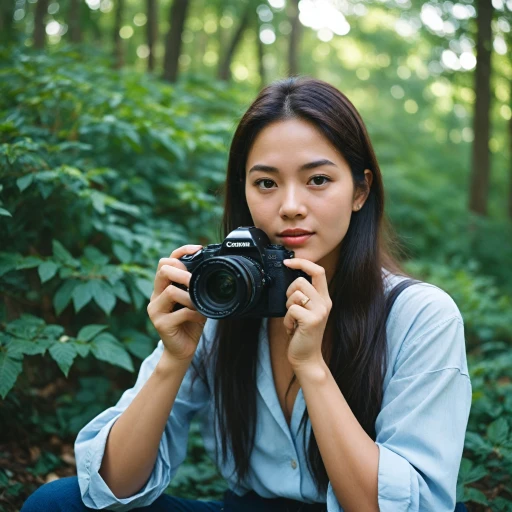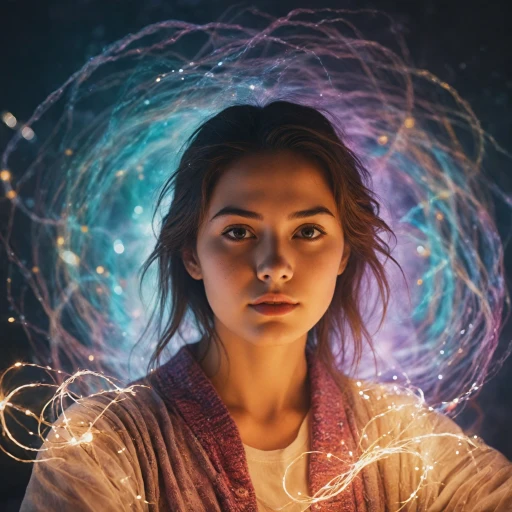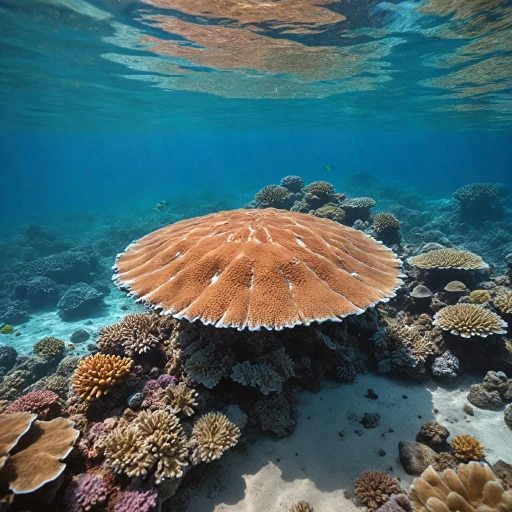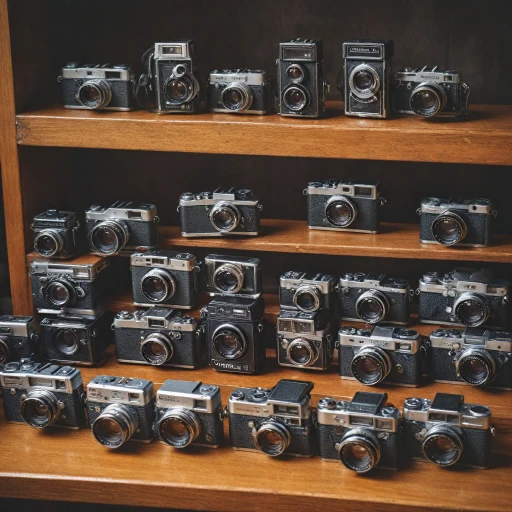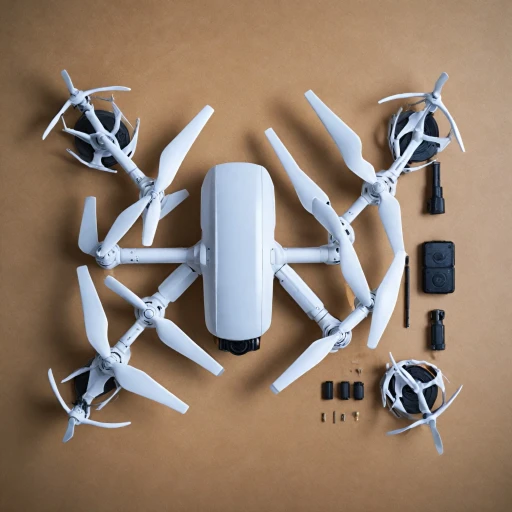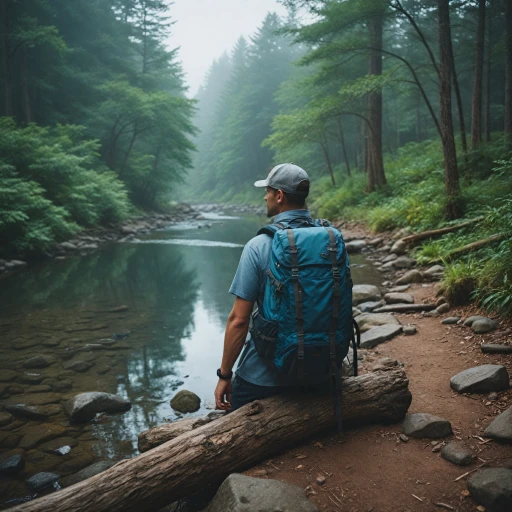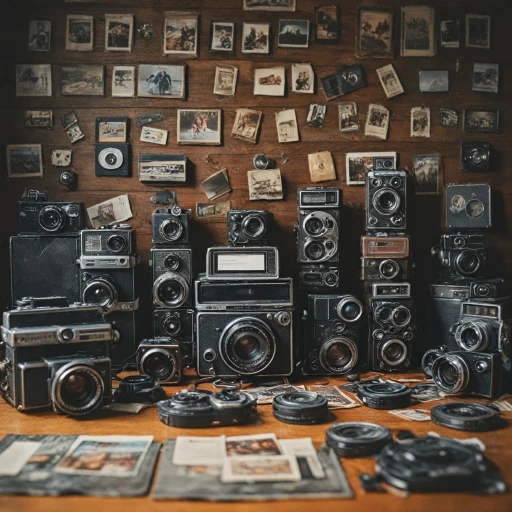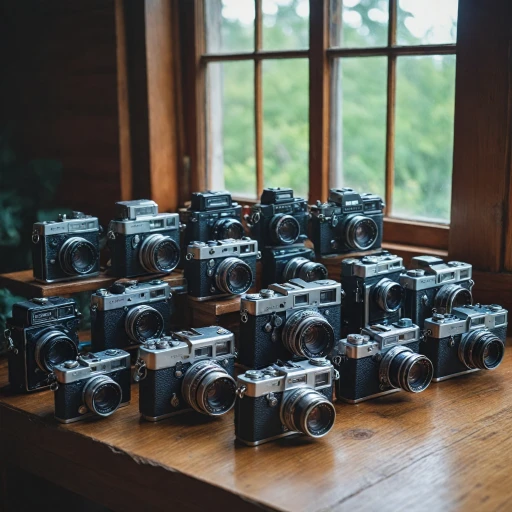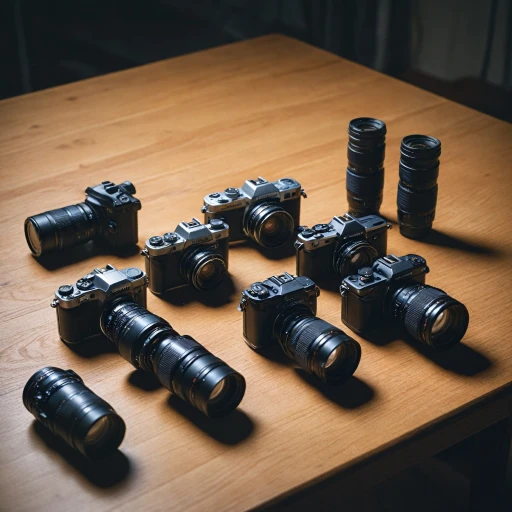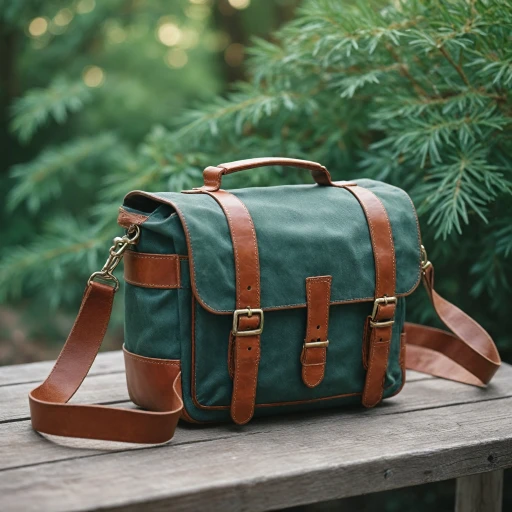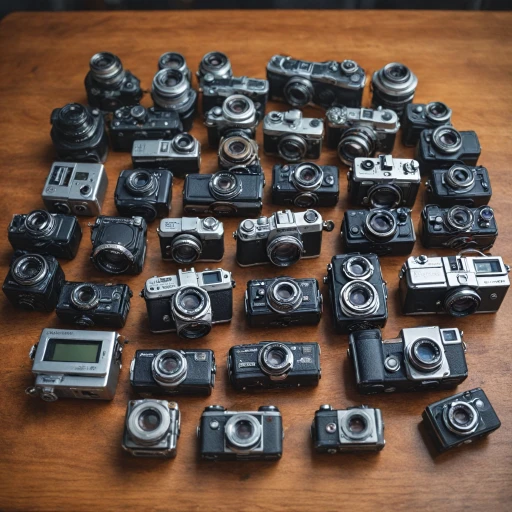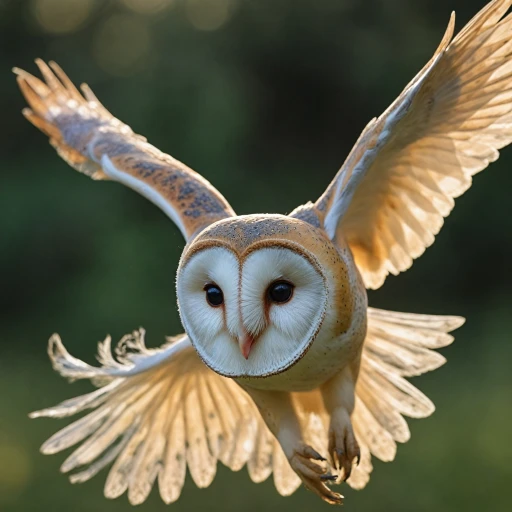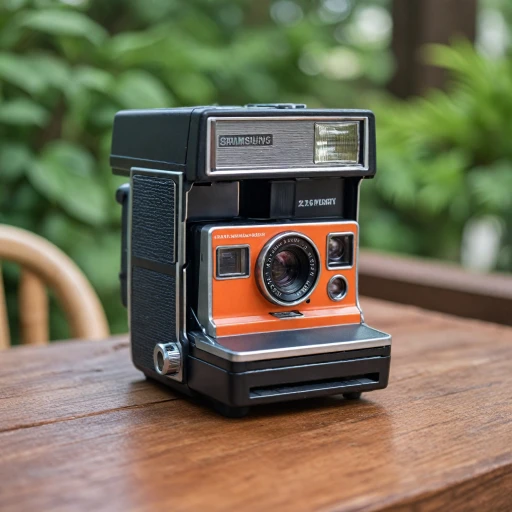
Understanding Medium Format Film Cameras
Diving into Medium Format Film Cameras
Medium format film cameras have captured the hearts of photography enthusiasts for decades, offering a unique blend of stunning image quality and artistic allure. The term "medium format" refers to the use of film sizes larger than 35mm but smaller than large format. Typically, this involves film sizes like 120 and 220 roll film, which contribute to sharper details and richer colors in photographs.
The hallmarks of medium format cameras include their larger film area, which enhances the overall image quality and depth of field control. Unlike many digital alternatives, these cameras often feature a waist-level viewfinder, allowing photographers to compose shots from unconventional angles. Some models also offer a prism finder for eye-level viewing experience.
When considering a medium format camera, one must also factor in the compatibility of lenses and their impact on the final image. Popular lenses for medium format photography often come from renowned brands such as Mamiya and Pentax.
Photographers often choose medium format for its superior ability to capture intricate details and textures, making it ideal for portrait, landscape, and fine art photography. The appeal of classics like the Mamiya camera, Pentax 645, and Hasselblad has withstood the test of time, offering enthusiasts a taste of the best quality in analog photography.
For those new to the world of medium format, it's essential to understand the structure of the film cameras. Some feature a twin lens reflex (TLR) design, characterized by two separate lenses—one for viewing and one for taking the photo. TLR cameras offer a unique shooting experience due to their fixed position setup. Mamiya TLR cameras, for example, are known for their versatility and quality.
If you're interested in a deeper exploration of medium format film cameras, consider this guide that delves into different camera technologies, enhancing your understanding in comparing medium with digital formats.
Key Features to Consider
Essential Features for Medium Format Film Cameras
When choosing a medium format film camera, certain key attributes play a crucial role in defining their distinct advantages over other types of cameras. Understanding these features will help in selecting the best medium format option for your photographic adventures.- Camera Body and Build: Medium format cameras typically offer a robust and durable construction, catering to professional photographers who demand longevity and reliability. The design may vary from boxy to more streamlined bodies like those found in the Mamiya and Hasselblad models.
- Image Quality: One of the main appeals of medium format cameras is their excellent image quality, surpassing that of smaller format cameras. This is due to the larger film size which captures more detail and offers a higher dynamic range. For enthusiasts aiming to produce gallery-quality prints, a medium format film camera is an ideal choice.
- Lenses and Compatibility: The versatility in lens options is a notable feature. Systems like the Mamiya Pro series and Pentax provide interchangeable lens offerings with autofocus capabilities to suit a variety of needs, from portraiture to landscape photography.
- Format Variability: Medium format cameras support various film formats, usually 120 or 220 roll film. Some cameras even offer the flexibility to switch between film backs or holders, such as the Mamiya cameras, allowing you to adapt to different shooting scenarios like landscape or studio settings.
- Viewfinder Options: The level finder or prism finder options, such as waist level or through-the-lens (TTL) viewfinders, provide diverse shooting experiences. Waist level finders are favorable for low angle shots and casual compositions, while prism finders offer more precise framing.
- Exposure Control: Look for cameras with extensive exposure control and multiple exposure capabilities, which some models like the TLR cameras provide. This feature allows for creativity in capturing complex images and adding personal touches to each frame.
Top Picks for Medium Format Film Cameras
Diving into the Best Medium Format Film Cameras
Choosing the perfect medium format film camera can feel overwhelming, given the vast array of options available in the market. However, understanding which models stand out and why can simplify your decision-making process.- Hasselblad Cameras: These film cameras are often considered the epitome of medium format photography. Known for their impeccable image quality and robust camera body design, Hasselblad offers a timeless appeal. The unique blend of high-quality lenses and modular camera bodies make them a favorite for professional photographers.
- Mamiya Pro Series: While exploring other options, the Mamiya Pro series can't be overlooked. Known for their adaptability, these cameras offer outstanding versatility, with features such as interchangeable backs and prism finders. Their build quality provides a reliable tool for both studio and field photography.
- Pentax 67: This TLR camera option comes with advantages such as a waist level finder and roll film compatibility. It’s particularly favored among photographers seeking the traditional film photography experience, with a mix of robustness and image quality.
- TLR Options: Twin Lens Reflex cameras offer an alternative style of shooting by allowing photographers to view their subjects through one lens while capturing the image via another. This unique feature often provides a different perspective, adding variety to your photographic experience.
Comparing Medium Format to Digital Cameras
Understanding the Differences
When comparing medium format film cameras to digital cameras, it's essential to consider the unique characteristics each format offers. Medium format film cameras, such as the Mamiya and Hasselblad, are renowned for their exceptional image quality, often attributed to the larger film size. This larger format allows for greater detail and depth, which is particularly beneficial for professional photography and artistic projects.
Image Quality and Resolution
Medium format cameras typically produce images with superior quality compared to many digital cameras, thanks to the larger film size. This results in higher resolution and better dynamic range, which can be crucial for capturing intricate details and subtle tones. While digital cameras have made significant advancements, the unique aesthetic of film still holds a special place for many photographers.
Cost Considerations
Price is another factor to consider. Medium format film cameras can be quite expensive, especially models like the Hasselblad and Mamiya Pro. The cost doesn't stop at the camera body; lenses, film rolls, and film holders add to the overall expense. In contrast, digital cameras may have a higher initial price, but they eliminate the ongoing costs associated with film and development.
Flexibility and Convenience
Digital cameras offer unparalleled convenience with features like multiple exposure settings, instant image review, and easy editing capabilities. They are also more versatile in various shooting conditions. Medium format cameras, however, provide a unique shooting experience with options like waist level finders and prism finders, which can enhance creativity and engagement with the subject.
Choosing the Right Format
The decision between medium format film and digital cameras ultimately depends on your photography goals and preferences. If you prioritize image quality and are drawn to the tactile experience of film, a medium format camera might be the best choice. However, if convenience and flexibility are more important, a digital camera could be more suitable.
Tips for Shooting with Medium Format Film
Practical Techniques for Capturing Stunning Images
Delving into the world of medium format film cameras involves understanding the techniques that can enhance your photography and make the most of these sophisticated tools.- Embrace the Camera's Limitations: Shooting with medium format film cameras like a Mamiya or Hasselblad often means working within certain constraints. These cameras are renowned for their impressive image quality and format, but they can be bulky and require careful handling. Embrace these limitations to challenge your creativity, using the unique characteristics of the cameras to your advantage.
- Master Film Types and Format Selection: Familiarize yourself with the various film formats available. Medium format film offers a higher resolution compared to smaller formats, allowing for richer details and greater depth. Selecting the right film stock, whether it's for color or black and white photography, will significantly impact the mood and quality of your images.
- Leverage Waist Level and Prism Finders: Many medium format cameras come equipped with waist level finders or prism finders that, at first, may seem unfamiliar. The waist level finder allows for a unique perspective and can help in composing more thoughtful shots. Experiment with both finders to see which aligns best with your style and photographic intentions.
- Multiple Exposures for Artistic Flair: Utilize the ability for multiple exposure settings that some medium format cameras, like the Mamiya Pro, offer. This feature allows you to superimpose images, creating artistic and layered photographs that can be emotive and intriguing.
- Experiment with Lenses and Accessories: Medium format cameras often support a range of lenses and accessories that can expand your creative scope. Consider investing in quality lenses that complement your camera body, such as a TLR camera with interchangeable lenses. Additionally, using a film holder can simplify the process of changing rolls and ensure you maintain focus on your subject.
Where to Buy and What to Expect
Finding the Right Place to Purchase and Anticipating the Investment
Purchasing a medium format film camera demands careful consideration, not just about the camera itself but also where to buy it. Whether you're seeking the robust Mamiya camera with its interchangeable lenses or the sterling quality offered by a Hasselblad, your choice can greatly influence your photography journey.Where to Buy
- Online Retailers: Reliable online platforms often provide a wide range of medium format cameras, from the versatile Mamiya Pro to the classic Pentax models. These sites frequently include customer reviews that offer insight into camera quality and performance, aiding in your decision-making process.
- Specialized Camera Stores: These stores, whether brick-and-mortar or online, usually have a selection of used and new medium format cameras. Experts at these venues can offer advice on features such as waist level or prism finders and the pros and cons of different film holders.
- Photography Forums and Communities: Engaged communities can be excellent places to both purchase and exchange knowledge. Many photographers sell gear here, offering cameras that have proven reliable in their hands.
Price Expectations
The price of medium format cameras can vary significantly based on the brand, features, and condition.- Entry-Level Models: These are generally more affordable, perfect for those new to medium format photography. A classic TLR camera offers an accessible entry point both in terms of price and simplicity.
- Professional Models: High-end Hasselblad or Mamiya cameras command a higher premium, reflecting their superior image quality and durable camera body. Budget accordingly, as the cost could range from a few hundred to several thousand USD, especially for models supporting large format capabilities or multiple exposure settings.
